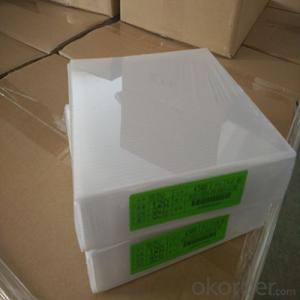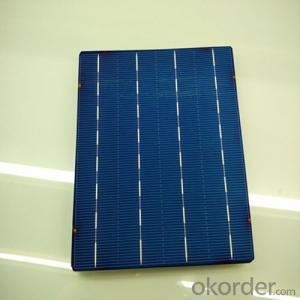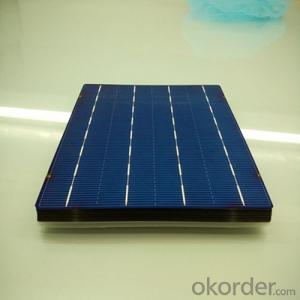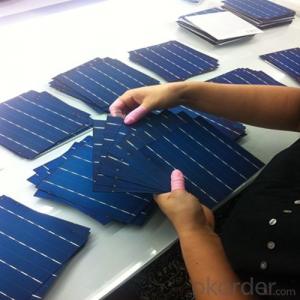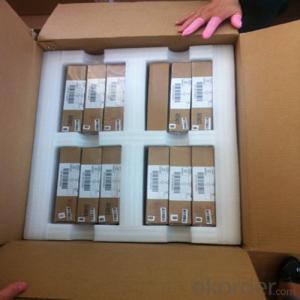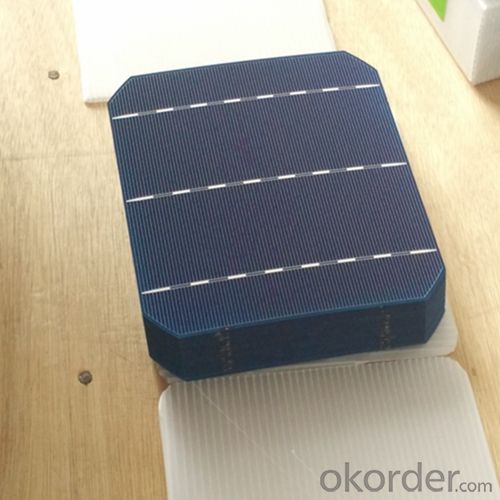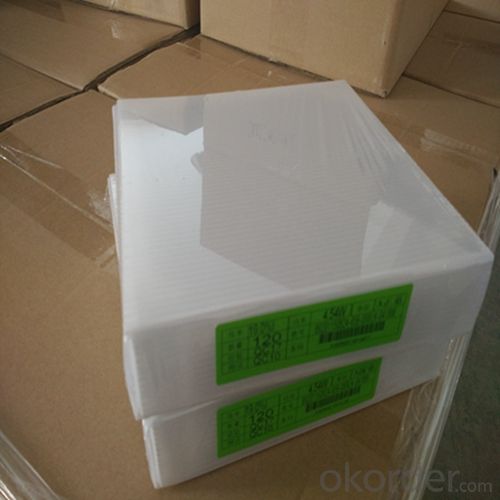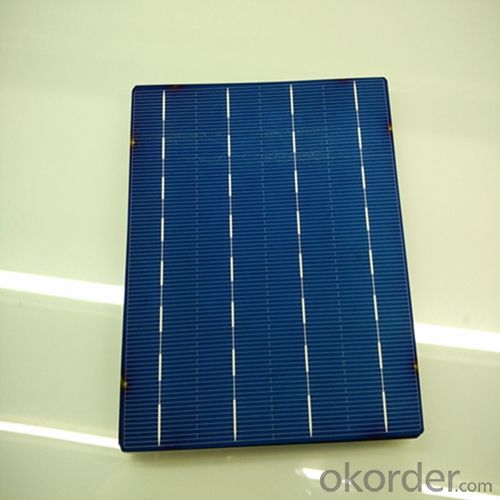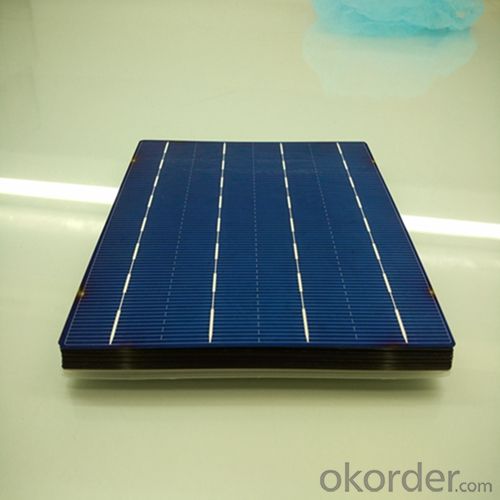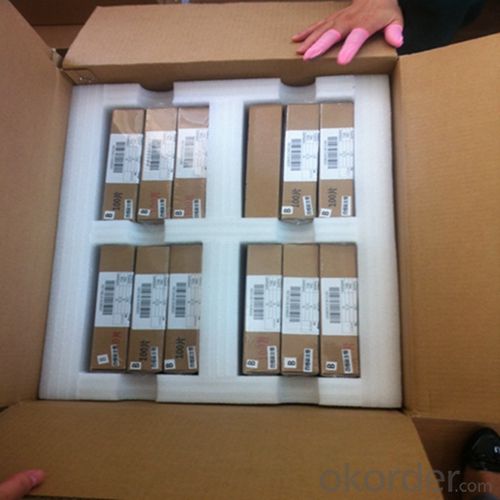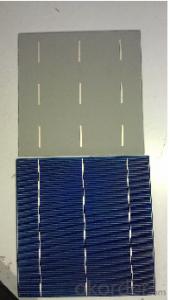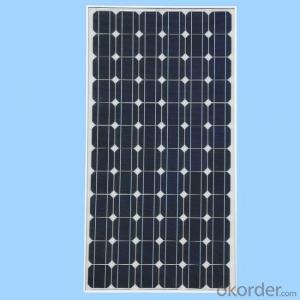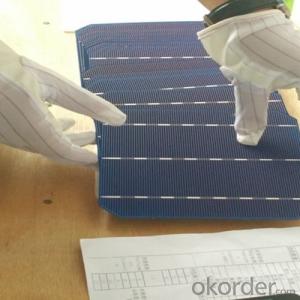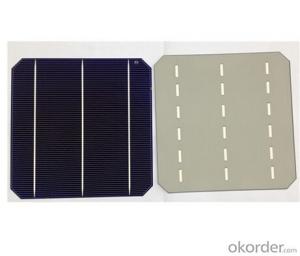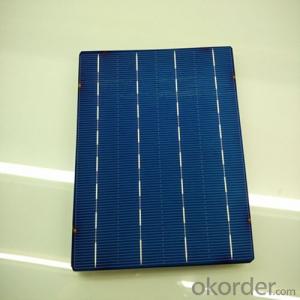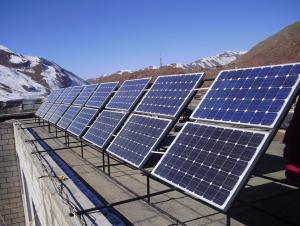Ribbon Silicon Solar Cells - Mono 156x156mm2 Made in China
- Loading Port:
- Shanghai
- Payment Terms:
- TT OR LC
- Min Order Qty:
- 6500 watt
- Supply Capability:
- 650000 watt/month
OKorder Service Pledge
OKorder Financial Service
You Might Also Like
Benefits of Solar Power:
Now is a great time to go solar and harvest the power of the sun. Here is our top ten list of the benefits to installing solar power:
When installed, solar energy is free – no resources are consumed
Help to lessen our dependence on heavily polluting coal power stations
Fossil fuels can't last forever, future generations will appreciate the effort
Characteristic of Mono 156X156MM2 Solar Cells
You are gaining energy independence - add battery backup power for even greater energy security
The cost of electricity is only going to rise – insure against that rising cost
Quality solar power and water adds value and appeal to your home
Specifications of Mono 156X156MM2 Solar Cells
Solar PV systems are easily upgraded in future - aim to make your house a net energy producer!
Solar panels offer a long lifetime of low maintenance service, maybe 30-40 years
Your friends will think you're great!
You'll feel great for doing your bit for the environment!
Mechanical data and design
Format | 156mm x 156mm±0.5mm |
Thickness | 210μm±40μm |
Front(-) | 1.5mm bus bar (silver),blue anti-reflection coating (silicon nitride) |
Back (+) | 2.5mm wide soldering pads (sliver) back surface field (aluminium) |
Temperature Coefficient of Cells
Voc. Temp.coef.%/K | -0.35% |
Isc. Temp.coef .%/K | +0.024%/K |
Pm.Temp.coef. %/K | -0.47%/K |
Electrical Characteristic
Effiency(%) | Pmpp(W) | Umpp(V) | Impp(A) | Uoc(V) | Isc(A) | FF(%) |
18.35 | 4.384 | 0.526 | 8.333 | 0.63 | 8.877 | 78.39% |
18.20 | 4.349 | 0.526 | 8.263 | 0.63 | 8.789 | 78.54% |
18.05 | 4.313 | 0.525 | 8.216 | 0.63 | 8.741 | 78.32% |
17.90 | 4.277 | 0.524 | 8.161 | 0.625 | 8.713 | 78.04% |
17.75 | 4.241 | 0.523 | 8.116 | 0.625 | 8.678 | 77.70% |
17.60 | 4.206 | 0.521 | 8.073 | 0.625 | 8.657 | 77.36% |
17.45 | 4.170 | 0.519 | 8.039 | 0.625 | 8.633 | 76.92% |
17.30 | 4.134 | 0.517 | 8.004 | 0.625 | 8.622 | 76.59% |
17.15 | 4.096 | 0.516 | 7.938 | 0.625 | 8.537 | 76.80% |
17.00 | 4.062 | 0.512 | 7.933 | 0.625 | 8.531 | 76.18% |
16.75 | 4.002 | 0.511 | 7.828 | 0.625 | 8.499 | 75.34% |
16.50 | 3.940 | 0.510 | 7.731 | 0.625 | 8.484 | 74.36% |
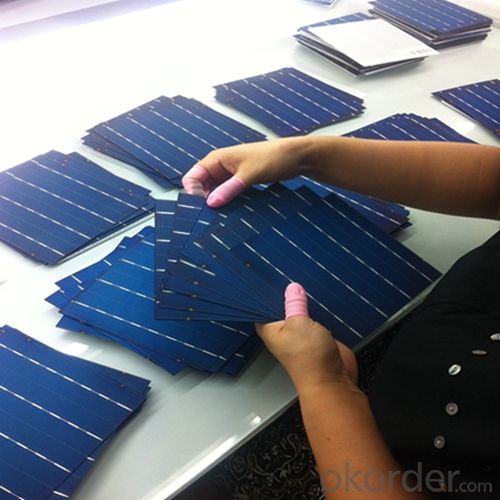
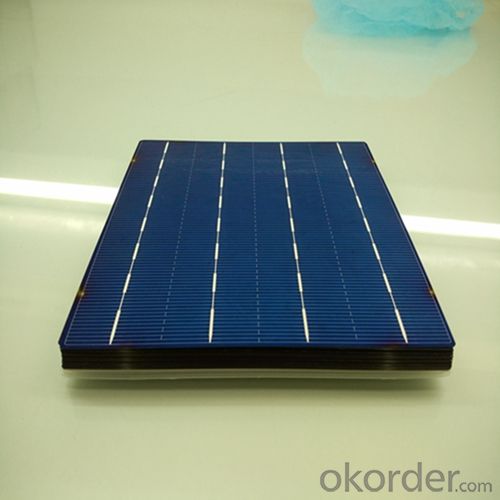
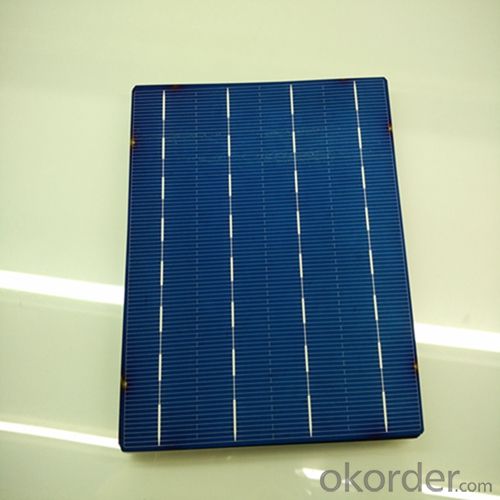
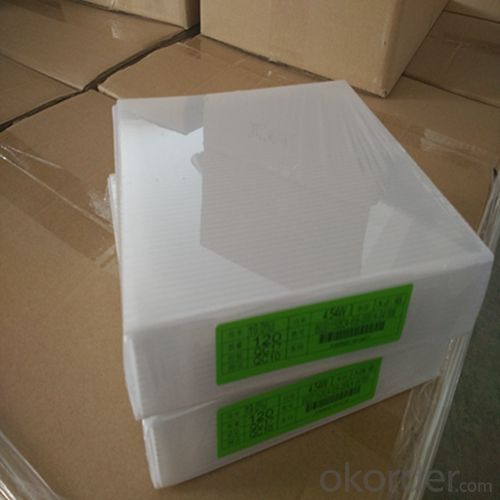
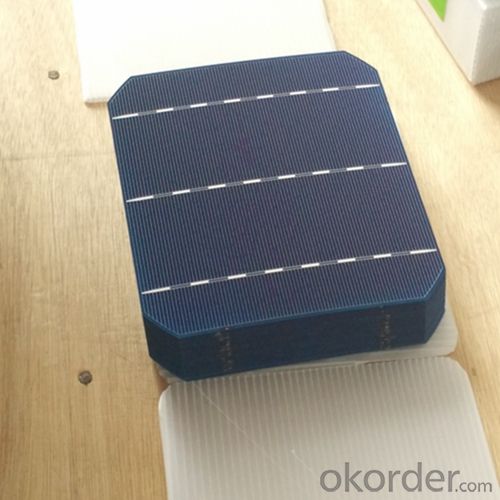
FAQ
Q: What price for each watt?
A: It depends on the quantity, delivery date and payment terms, generally Large Quantity and Low Price
Q: What is your size for each module? Can you tell me the Parameter of your module?
A: We have different series of panels in different output, both c-Si and a-Si. Please take the specification sheet for your reference.
Q: What is your size for each module? Can you tell me the Parameter of your module?
A: We have different series of panels in different output, both c-Si and a-Si. Please take the specification sheet for your reference.
- Q: Can solar cells be used to power wireless communication networks?
- Yes, solar cells can be used to power wireless communication networks. Solar cells convert sunlight into electricity, which can be used to power various devices including wireless communication equipment. This is particularly useful in remote areas or during power outages, where solar energy can provide a sustainable and reliable source of power for wireless communication networks.
- Q: What are the maintenance requirements for solar cells?
- The maintenance requirements for solar cells typically involve regular cleaning to remove dust and debris, ensuring proper functioning and efficiency. Additionally, periodic inspections are necessary to detect any potential damage or malfunctioning components. Overall, solar cells require minimal maintenance, as they have no moving parts and are designed to be durable and long-lasting.
- Q: How do solar cells perform in areas with frequent tornadoes?
- Solar cells can still function effectively in areas with frequent tornadoes as long as they are properly installed and secured. While tornadoes can cause significant damage to infrastructure, including solar panels, advanced mounting systems and sturdy installations can help mitigate the risks. Additionally, solar cells are designed to withstand various weather conditions, including high winds. However, if a tornado directly hits a solar installation, it may cause damage that would require repairs or replacements.
- Q: How do solar cells perform in areas with high levels of air pollution and dust?
- Solar cells perform less efficiently in areas with high levels of air pollution and dust. The particles in the air can block sunlight from reaching the solar cells, reducing their ability to convert sunlight into electricity. This can result in a decrease in overall energy production and efficiency of the solar panels. Regular cleaning and maintenance of the solar cells can help mitigate the negative impact of air pollution and dust on their performance.
- Q: Where can I find more information about the work process of solar cells
- Though the scientific website by searching solar cell work process.
- Q: Can solar cells work in cloudy weather?
- Yes, solar cells can still work in cloudy weather, although their efficiency may be reduced. Clouds diffuse sunlight, causing a decrease in the amount of direct sunlight reaching the solar cells. However, solar cells can still generate electricity from the diffused sunlight, although at a lower rate compared to sunny conditions.
- Q: What is the working principle of a solar cell?
- The solar cell works in the way that use the sunshine as the resources to generate the power for us to use.
- Q: How do solar cells handle voltage fluctuations?
- Solar cells do not handle voltage fluctuations themselves. However, to address voltage fluctuations, external devices such as voltage regulators or inverters are used in conjunction with solar cells. These devices help maintain a stable voltage output from the solar cells, ensuring consistent power supply regardless of any fluctuations in the input voltage.
- Q: Can solar cells be used to power outdoor signage?
- Yes, solar cells can be used to power outdoor signage. Solar cells are designed to convert sunlight into electricity, making them an ideal choice for outdoor applications where access to traditional power sources may be limited. By harnessing solar energy, outdoor signage can operate efficiently and sustainably without relying on the electrical grid.
- Q: Can solar cells be used for water heating?
- Yes, solar cells can be used for water heating. Solar water heating systems use solar panels, which contain solar cells, to capture energy from the sun and convert it into heat. This heat is then used to warm water for various applications, such as domestic hot water or space heating.
Send your message to us
Ribbon Silicon Solar Cells - Mono 156x156mm2 Made in China
- Loading Port:
- Shanghai
- Payment Terms:
- TT OR LC
- Min Order Qty:
- 6500 watt
- Supply Capability:
- 650000 watt/month
OKorder Service Pledge
OKorder Financial Service
Similar products
Hot products
Hot Searches
Related keywords

